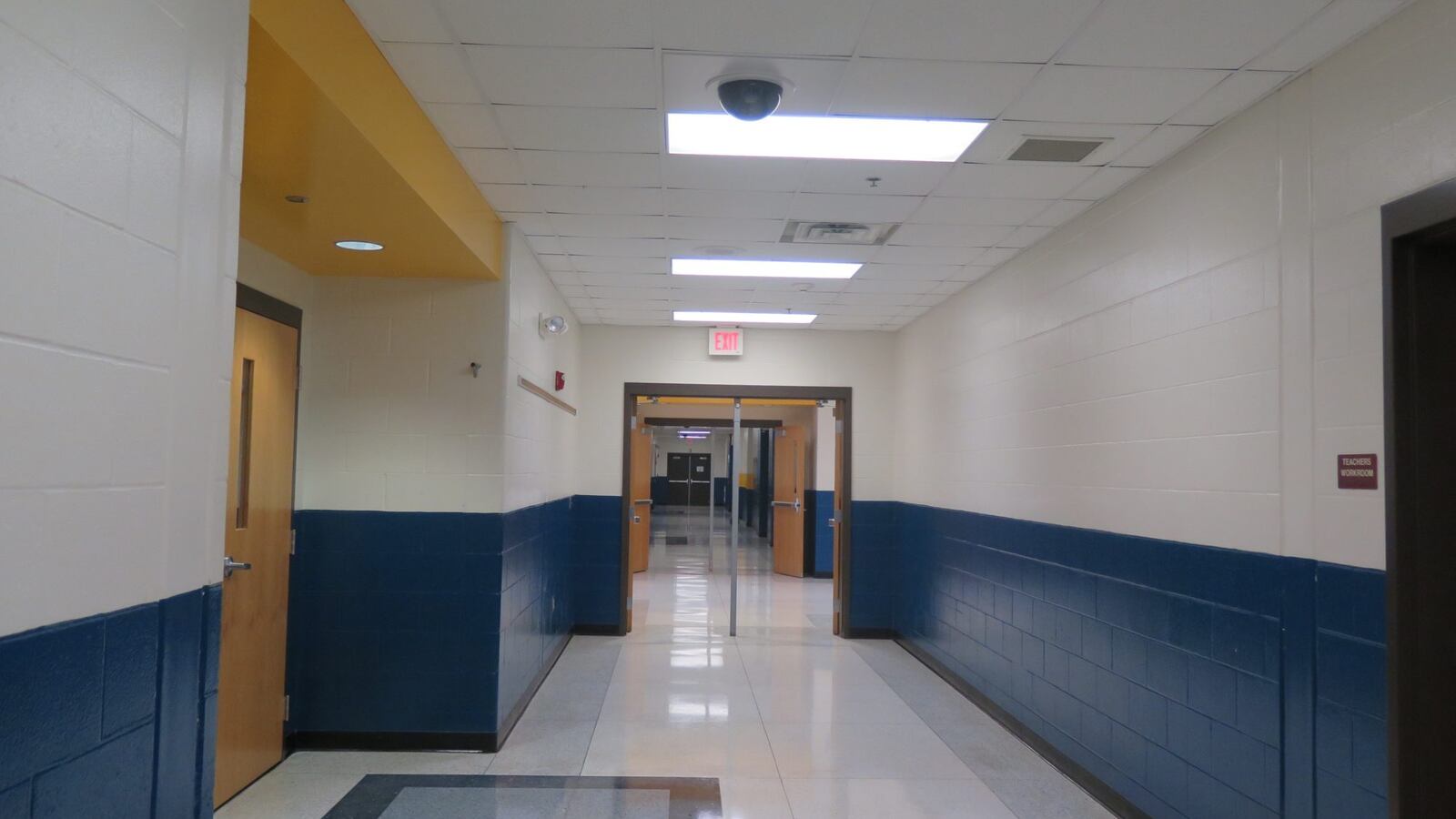Indianapolis Public Schools leaders are done waiting for the state to take the lead when it comes to assessing whether struggling schools need radical help.
In the past, the district has largely decided which schools to overhaul by looking at the schools’ state grades, which are based on their test scores. Now, staff will use test scores as a starting point — but will then hold meetings with school leadership, teachers, staff, students and families to figure out why schools are struggling and what could help them before deciding which schools to tackle. Officials are starting this process at seven elementary and middle schools this summer.
The goal is to capture deeper information about why schools might be struggling, rather than just the fact that they have low test scores.
“We are looking at multiple measures,” said Superintendent Lewis Ferebee. “The state accountability model doesn’t (include) a qualitative review and dive deep into some of the challenges (at schools).”
High schools were not included in the process because the district is already in the midst of plans to reconfigure them by removing model school students, updating academic offerings and closing several campuses.
At some of the low-scoring schools identified, the district might decide to continue with the current approach, such as School 43, where a new principal has won strong support from the administration. The district could also move to add schools to the transformation zone, a state-funded program that offers additional coaching to a handful of struggling schools.
But this also is the first step in selecting schools that might ultimately be restarted as innovation schools. Those schools are considered part of the district but are managed by outside charter operators or nonprofits. When schools restart as innovation schools, the staff and teachers are dismissed and must reapply for positions with the new school manager.
Over the past two years, the school board has restarted three low-performing elementary schools as innovation schools, with another slated for restart this fall. Those schools had several years of failing grades from the state and faced the prospect of state takeover.
“The point of the school quality review is really to get the qualitative, the context of the story behind those numbers,” said Aleesia Johnson, who oversees innovation schools for the district. “The story might end up being a positive story. … Or the story might be, these numbers are representative of some bigger issues that might be happening at the school.”
These are the seven schools identified as having test scores in the bottom quarter and growth growth scores in the bottom half for the district.
- Emma Donnan Elementary School
- School 94
- School 43
- School 48
- School 14
- School 39
- Harshman Middle School

